POOL DESIGN
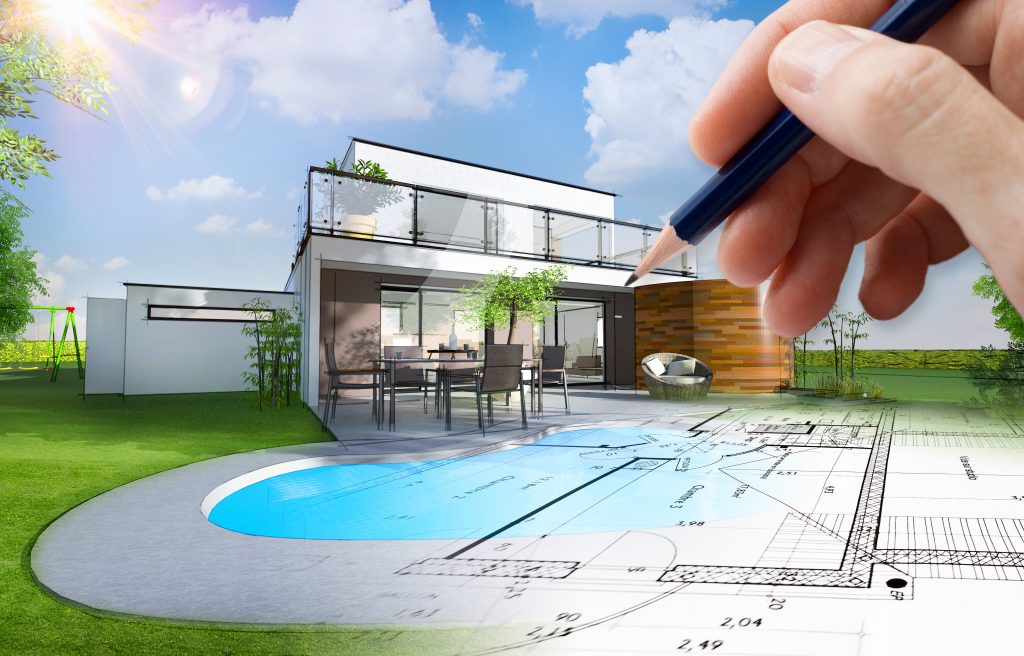
Pool Design San Diego, CA
While going along the flow can be a good thing, building your desired swimming pool should not be left to chance. Building a backyard oasis that suits your lifestyle takes a lot of work and planning, most especially on its aesthetic aspect.
Pools come in different sizes, shapes, designs, and styles. Your pool’s appearance and structure may depend on the type of landscape you have or the purpose you want for your pool.
There are lap pools for health and fitness, infinity pools to make a strong landscape statement, novelty pools to express the owner’s taste or interest, and naturalistic pools that complement the landscape.
We are a skilled team of pool builders in San Diego, California and we will walk you through the process of actualizing the pool you have in mind.
Our designers have a wide range of pool shapes and styles in their portfolios, from classic pools to free-form ideas, so you can get inspiration for your outdoor space.
Let’s Plan The Perfect Pool For You!
As experts in pool building, we are here to assist you throughout the whole planning process. If you share your goals with us, we can work with your imagination and ideas to come up with a concrete pool plan be it budget-wise, time-wise, quality-wise, or all together.
Through our guidance, we want you to be satisfied with your choices. However, if you have difficulty deciding, we can show you a portfolio of our previous pool projects so you can get inspired.
Our services include different types of pools based on the material used: vinyl-lined, fiberglass, and concrete. We also have many decoration ideas you can add to increase your pool’s aesthetic appeal. We will not set any deadline for your decision-making process to help you realize the perfect pool for you!
A Drainage Plan For Your Pool Design
Most of our clients ignore having a drainage plan with their pool design. This is an important feature that must be incorporated with your pool design to not compromise the overall performance of the pool system.You can prevent pool damages in the future by planning a good drainage system. For your outdoor space, we can plan on how to move ground waters away from your pool or identify a spot that is not on the lowest level in the area.
TYPES OF INGROUND POOLS
Vinyl
Vinyl-lined pools are set into the excavated hole with metal or plastic frames above ground. The frames are then heavily filled with vinyl to form the shell of the pool. A vinyl-lined pool is relatively quicker and easier to install than other types of inground pools.
It’s also the cheapest option to build. and is the least costly to build. But on the flip side, it’s also very susceptible to being punctured and you will have to spend more money on liner replacements every ten years or so.
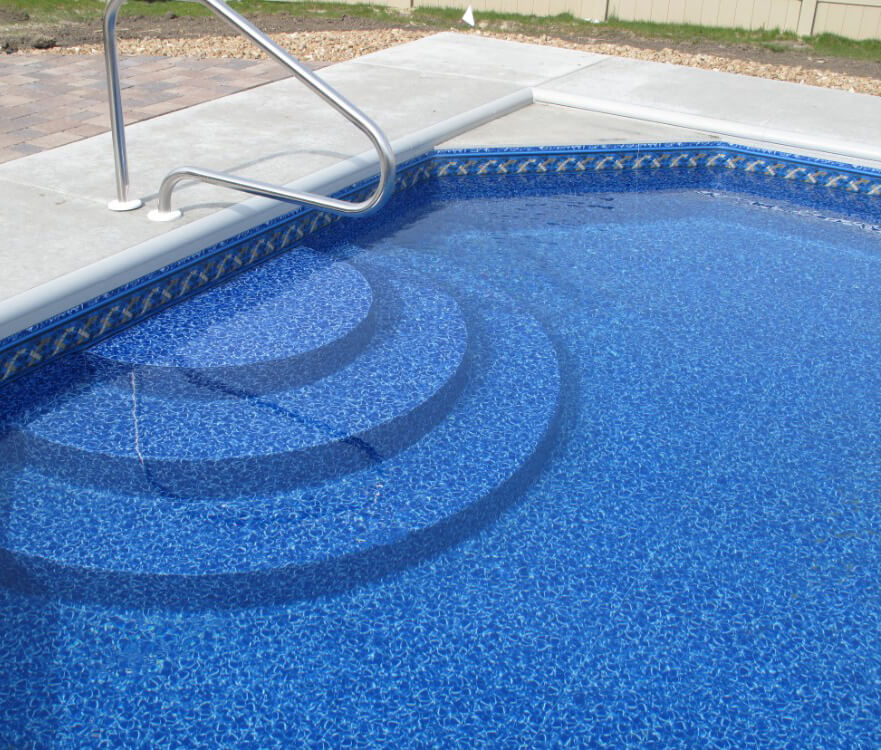
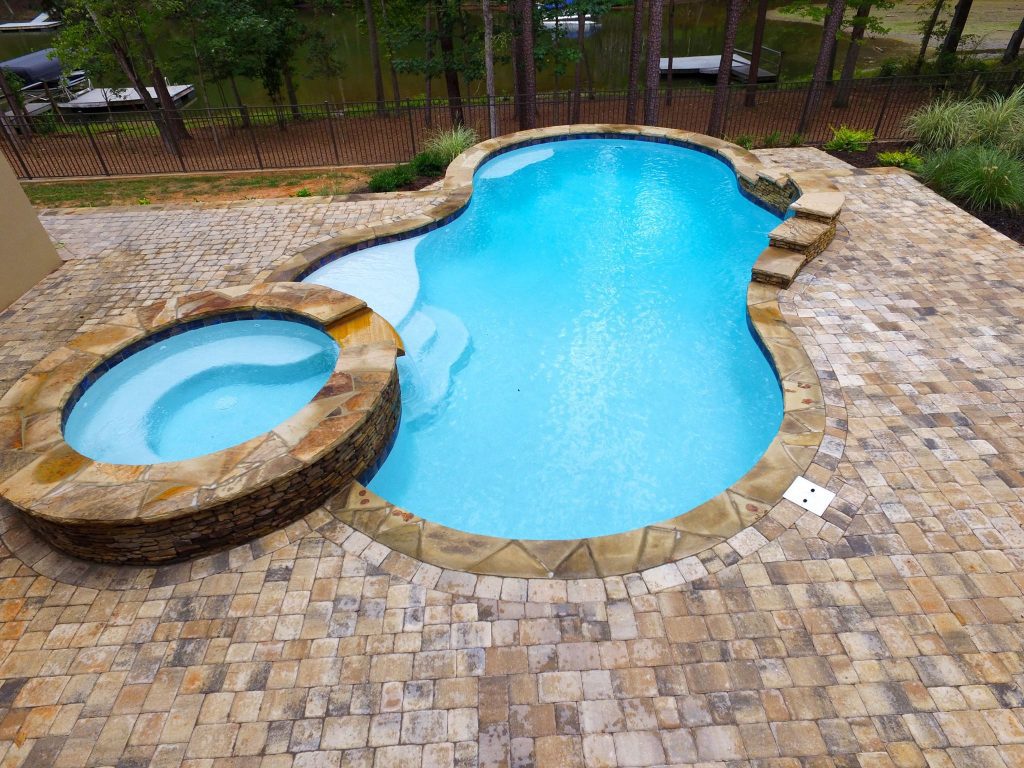
Concrete
A concrete pool is more durable than a vinyl-liner pool. Unfortunately, it’s more expensive than a vinyl-liner pool and needs to be maintained intensively every 10 years for resurfacing.
Additionally, it’s the most difficult to install among other types of inground pools and could take weeks or even months to install.
Fiberglass
The surface of a fiberglass pool is nonporous so it’s algae resistant. The down-side with a fiberglass pool is that the shell is readily-made, so you cannot request a personalized design and the choices you have are limited. It also costs as much as a concrete pool.
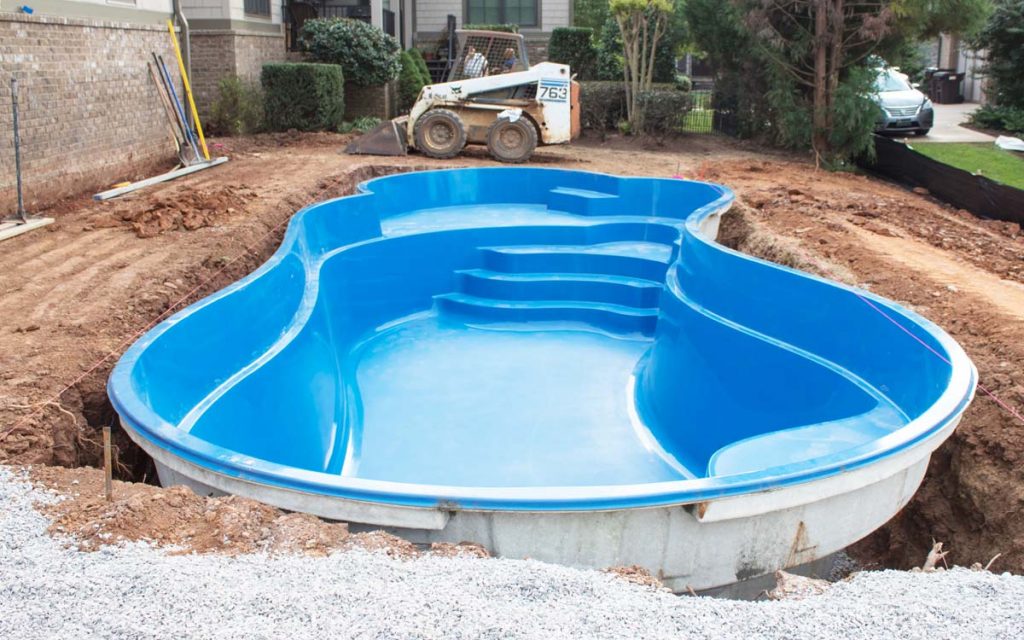
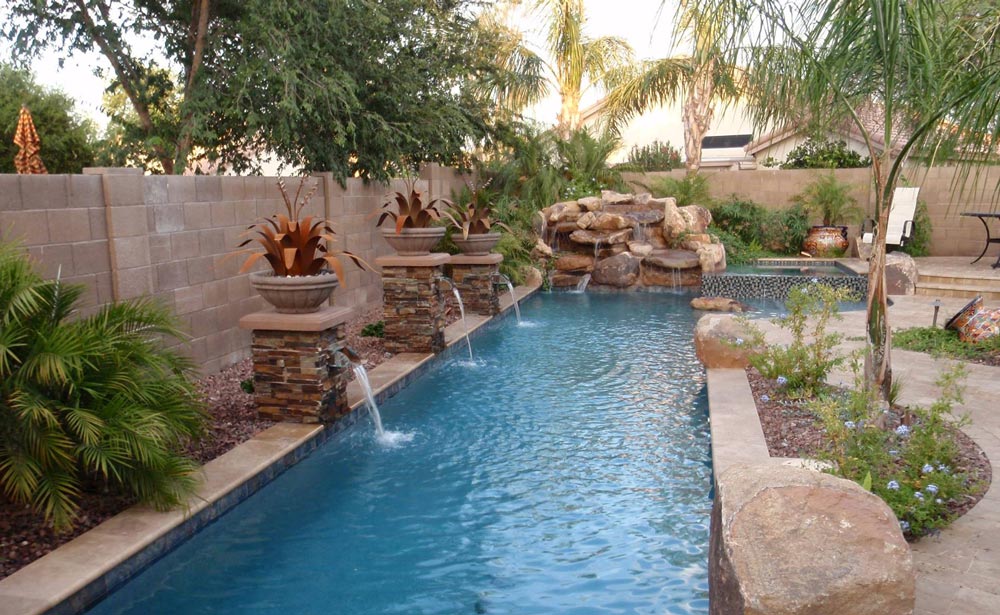
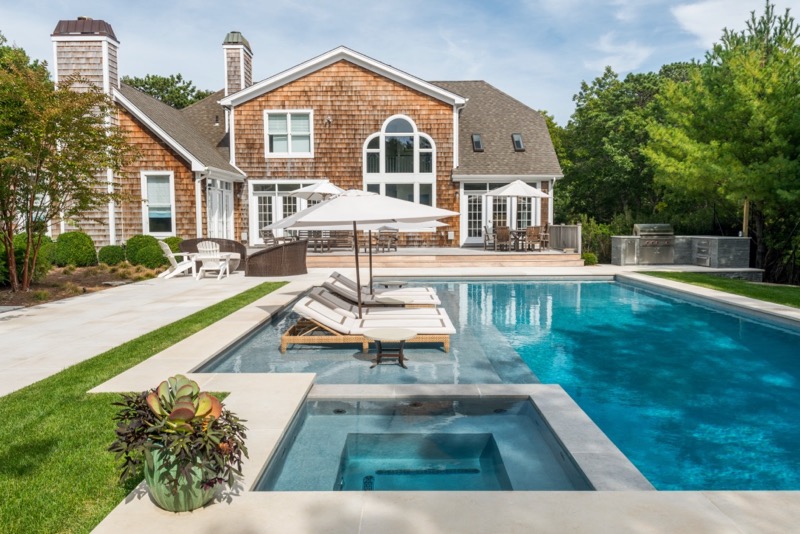
Common Pool Shapes For Your Outdoor Space
You’ll find that a certain shape is preferred over the others to best complement the surrounding landscapes or structures. There are so many ways your pool can be shaped and it’s helpful to know some common ones:
Unlike the crisp and edgy lines of a geometric-shaped pool, a kidney shape looks more relaxed and subtle. This shape is perfect if you want to have a natural placement for a shallow end and a deep end for the swimmers.
The enclosure keeps the pool water from dust and other contaminants, keeping the quality of the pool water. Commonly, kiddie pools use this shape as it is recommended to keep the water clean for children.

